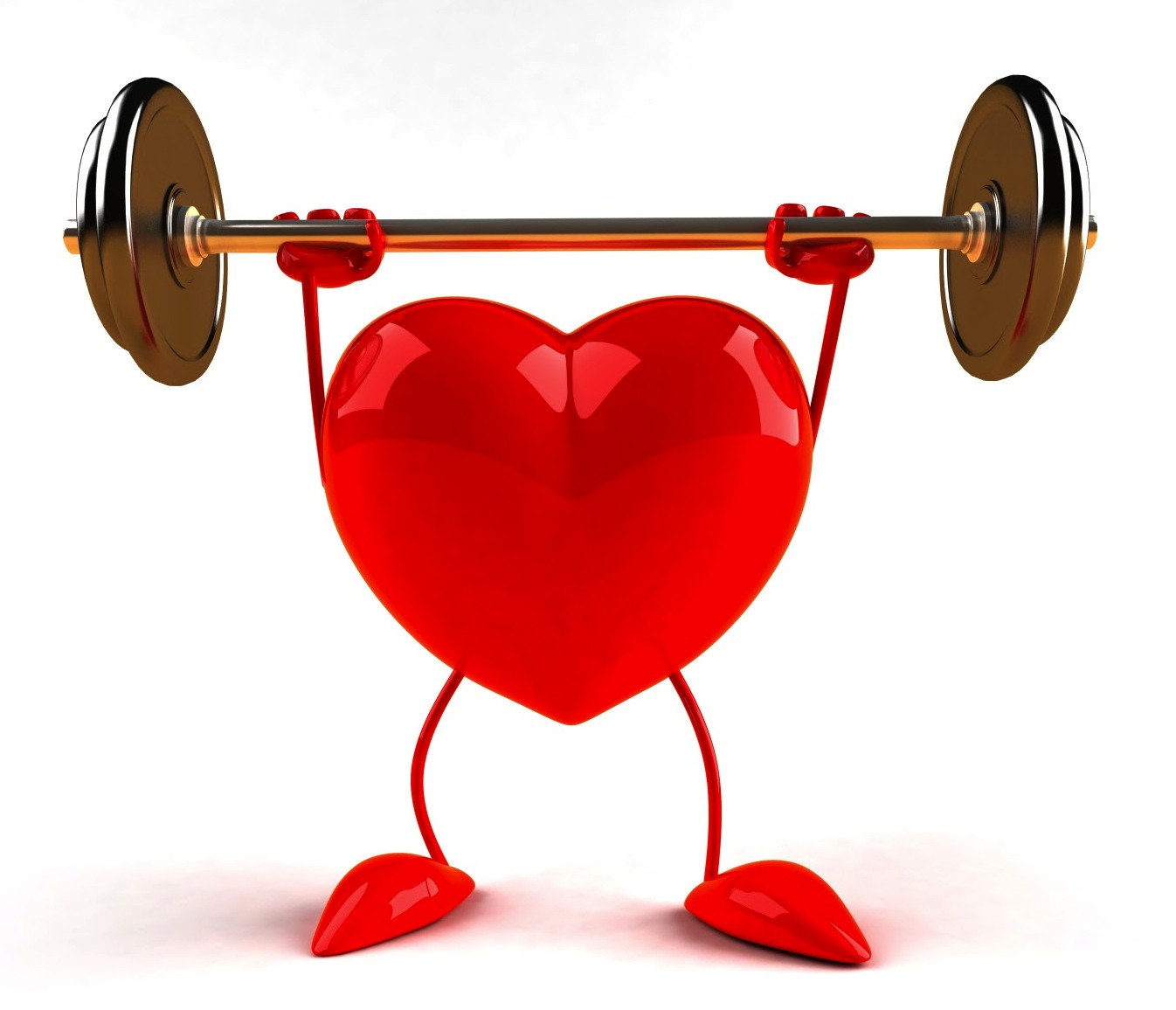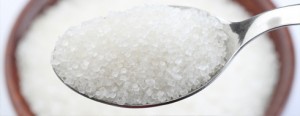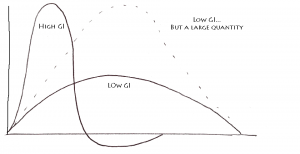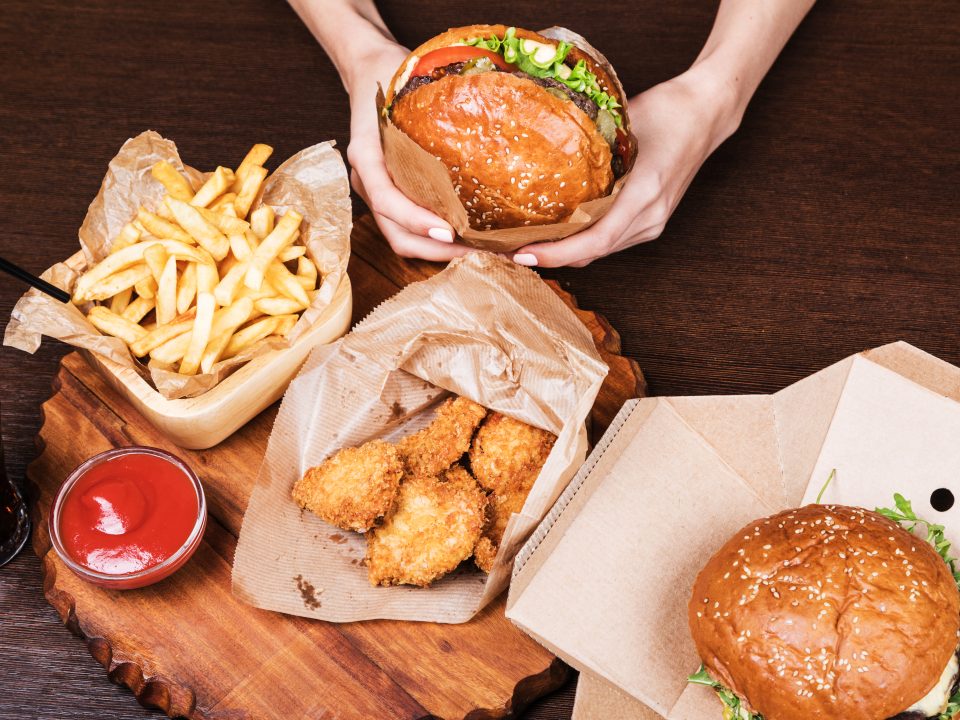
The Four Most Important Things You Can Do for Your Heart
November 21, 2015Distracted eating
December 13, 2015“My doctor told me that I have impaired glucose tolerance, what does that mean and what can I do about it?”
If you have just found out that you have impaired glucose tolerance (IGT), or even if you have known for a while, you are one of the very lucky ones!
To break it down in the simplest terms, IGT is when your body has just started to have difficulties in processing sugar in your body, and so the amount of sugar in your blood can sometimes be little higher than normal. This occurs because your body has become slightly resistant to the hormone insulin. Insulin acts like a lock and key mechanism, allowing the sugar in your blood to be let into the cells of your brain, heart, muscles, organs, to be used for energy. In the same way that your first cup of coffee may have sent you into a shaking, jittery, hyperalert state for a good 24 hours, if you’ve been drinking coffee for years and increased to 3-4 cups a day, your body will have developed a tolerance to caffeine. One cup of coffee won’t have nearly the same impact on your body. If your own insulin isn’t having the same effect on the cells in your body as it used to, more sugar will be left circulating in your bloodstream. It’s not 100% understood why our bodies can become resistant to insulin, there is certainly a genetic component, but the two major factors we know are linked to developing IGT are carrying excess weight (especially around the abdominal area) and physical inactivity.
Now, the reason you should consider yourself lucky? IGT is a precursor to type 2 diabetes, so you can view an IGT diagnosis as a fantastic opportunity to make some lifestyle changes which can delay or even prevent the development of diabetes. Many people are not aware their blood sugars are elevated until they have developed symptoms (such as excessive thirst or hunger, fatigue, dizziness or problems with vision), at which point they may have been diabetic for several years. In this time, the cells in the pancreas that produce insulin may have been become irreversibly damaged, and so not only is your body resistant to the action of insulin but it’s now also incapable of producing enough insulin to process the sugar in our bloodstream. Considering that sugar, is the fuel our organs and muscles (especially our brains) primarily run on, not to mention all the health risks that come with prolonged high blood sugar levels, type 2 diabetes is certainly we should aim to prevent.
So where does this sugar in our blood come from? Are we just eating too much cake and chocolate? Not so much.
Sugar, or glucose, is the end result of the digestion of carbohydrates. Apart from meat, eggs, nuts, and a few non-starchy vegetables, most foods we eat contain some quantity of carbohydrate. Which is actually a good thing, as it’s our main and most efficient energy source. The issue of high blood glucose in IGT occurs generally in two situations.
1: When you’ve eaten a type of carbohydrate that is very quickly digested, and so a large sugar load is deposited into your blood stream from your gastrointestinal tract all at once. These types of carbohydrates are called high glycemic index (GI) carbohydrates, and include things like white bread, white rice, and simple sugars. Even a relatively small quantity can elevate blood glucose levels because of how quickly it enters your blood stream all at once.
2: You may have chosen the “good” low GI type of carbohydrate, with a GI value of 55 or less, which is digested slowly and therefore enters your bloodstream gradually over a longer period of time. But if you have had a large quantity of this carbohydrate, say a giant bowl of pasta, your blood sugars will still become elevated
What do we aim for then? Choosing low GI carbohydrate in moderate portions, e.g. two slices of bread rather than four, one cup of cooked pasta rather than a salad bowl full, a quarter of your plate of low GI rice rather than a mountain. Have them evenly spaced throughout the day, three meals a day minimum with a small snack such as a piece of fruit in between. You can see your GP about a referral to an accredited dietitian for an individual meal plan that meets these guidelines.
Secondly, we want to make some lifestyle changes that help to gradually bring your weight down if you are overweight. Even a 5kg weight loss will produce incredible health benefits, so don’t get disheartened if your ideal healthy weight seems out of reach. Start with dropping one dress size as your initial goal, and then congratulate yourself for making serious progress towards reversing your IGT. Baby steps.
Lastly, get moving! Start of small, park your car 5 mins away from work and walk in from there. Take the stairs. Become a clean freak at home- vacuum daily, scrub those showers. Trust me, any activity where your body is moving counts. It’s not essential that you start hitting the gym doing a workout you hate for two hours a day, you are more likely to get injured or just plain unmotivated after a week or two. Start small and gradually increase things over time, choose activities you will enjoy and can see yourself maintaining long term, and that are appropriate for your fitness level.
So you have an opportunity right now that many people would be extremely envious of, the chance to reverse your insulin resistance, potentially preventing diabetes, to change your habits and live a life where your health and happiness is your top priority. Count yourself lucky, and get started today.






